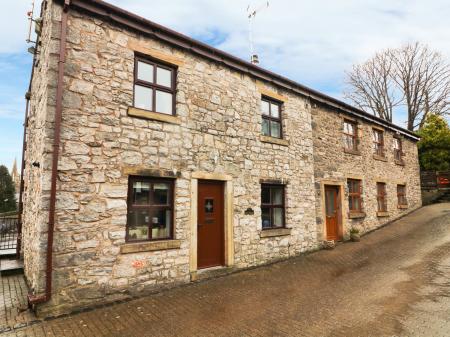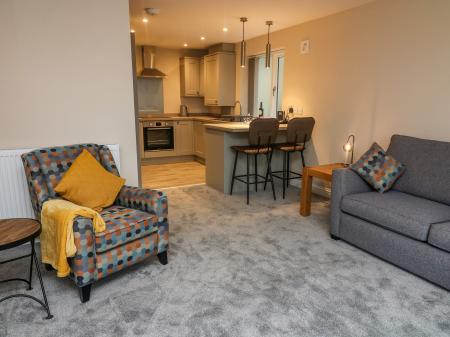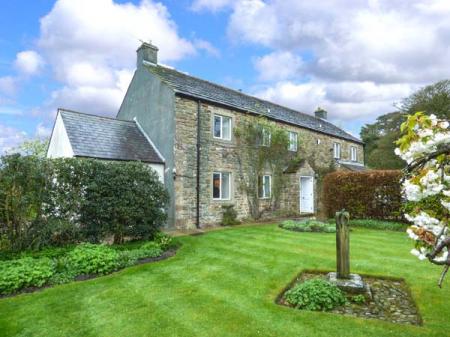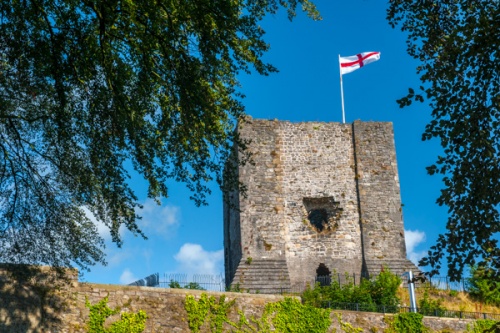
The keep is only 20 feet square, with walls 10 feet thick. The stone keep is enclosed within a curtain wall, but only part of this wall now remains. To the south of the keep is a bailey, where domestic buildings serving the keep would have stood.
The castle stands almost three storeys high but is now roofless to the sky. The main entrance was originally by stairs to a doorway on the second floor but now is through a ground-level doorway.
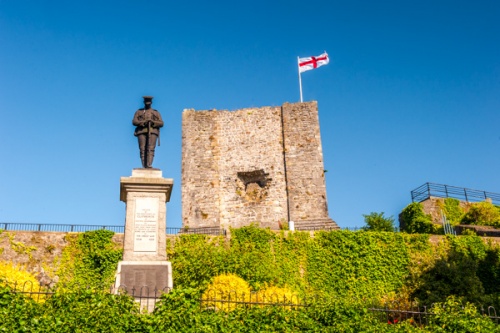
At the foot of the castle grounds is a modern museum which helps explain the site and its long history, and exhibits artefacts discovered on the site during excavations. The castle was for many years the seat of the Lords of Bowland, an ancient title dating back to 1092.
It was then owned by the Lascy (Lacy) family of Pontefract, Yorkshire, but in 1311 the title passed to the House of Lancaster, and eventually, in 1399, to the Crown.
The castle is open to the public without charge, but there is a small admission fee for the museum, which was awarded 'Best Small Visitor Attraction of the Year' Award 2010/11 by the Lancashire and Blackpool Tourist Board.
Clitheroe Castle Museum is run by the Lancashire County Council for the Ribble Valley Borough Council. The castle is set within 18 acres of formal gardens featuring gardens, recreational areas (playground, skatepark, bowling green), and a bandstand.
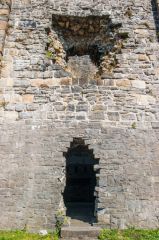
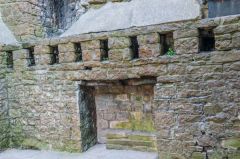
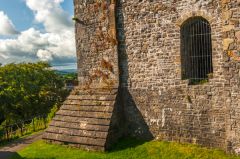
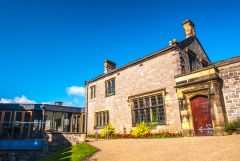

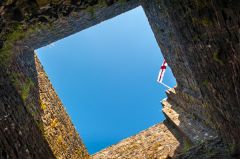
 We've 'tagged' this attraction information to help you find related historic attractions and learn more about major time periods mentioned.
We've 'tagged' this attraction information to help you find related historic attractions and learn more about major time periods mentioned.